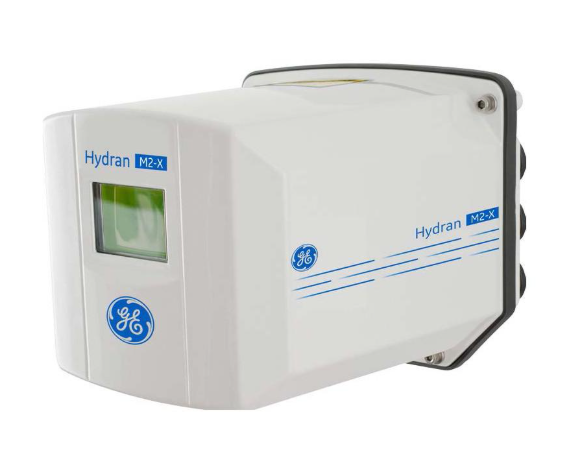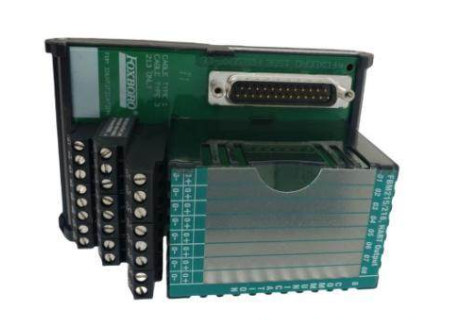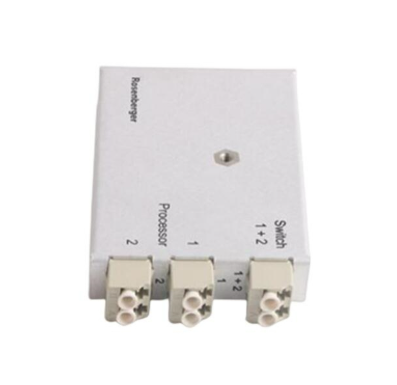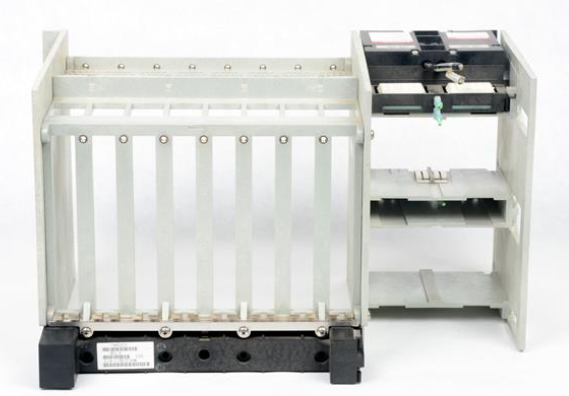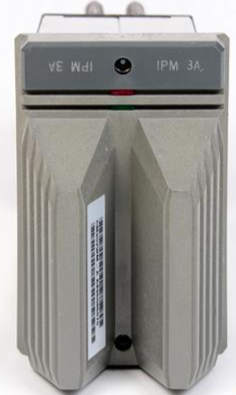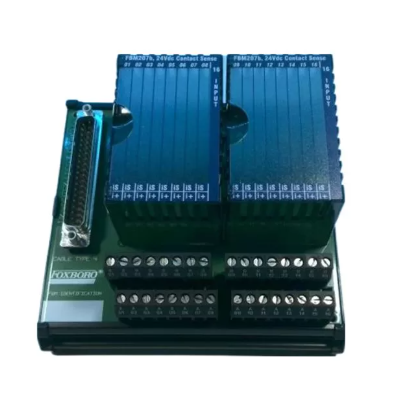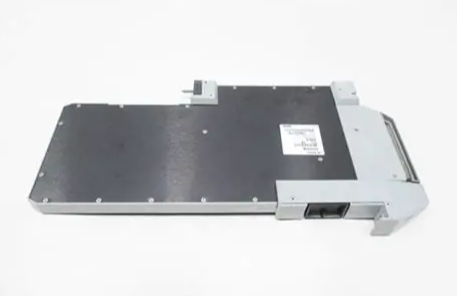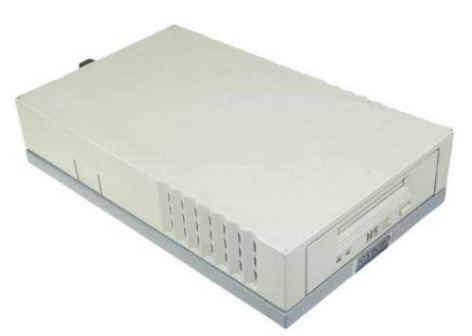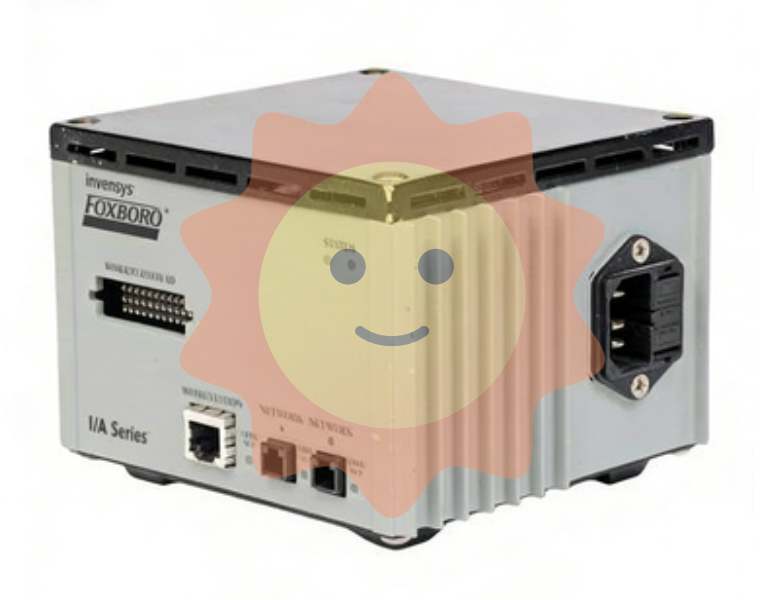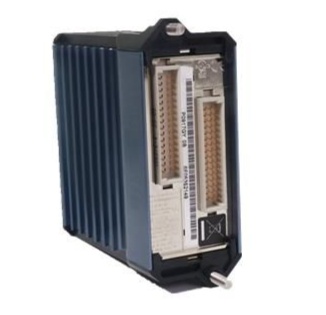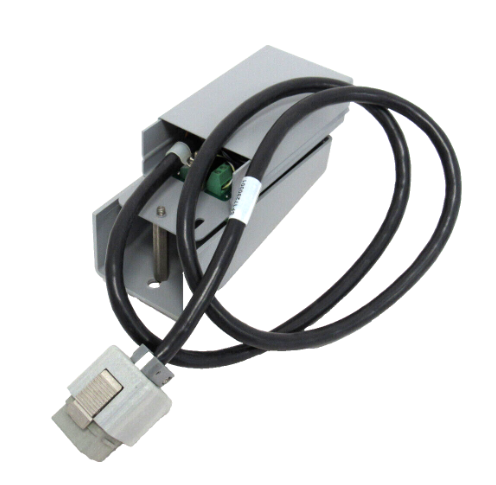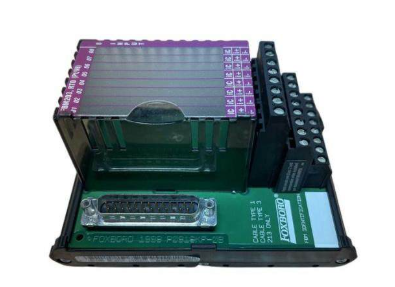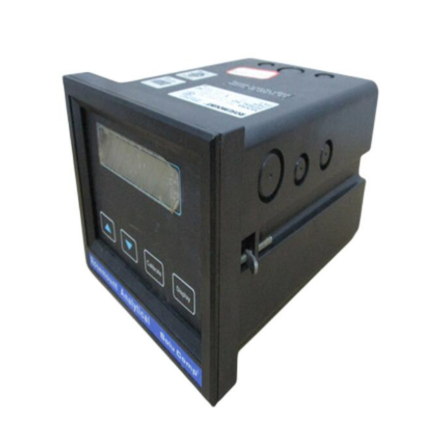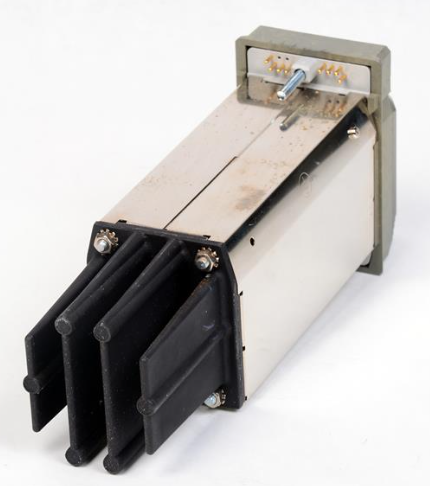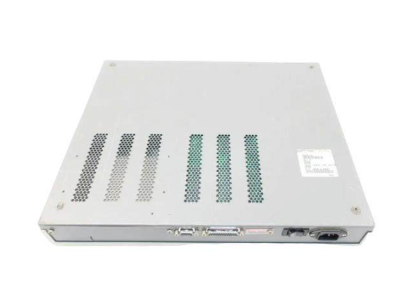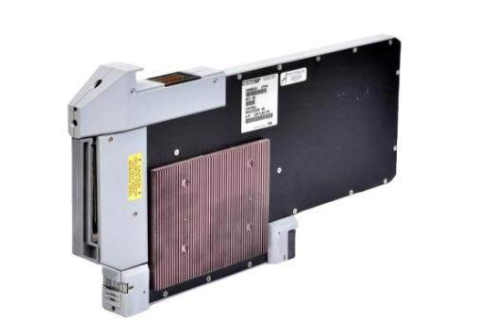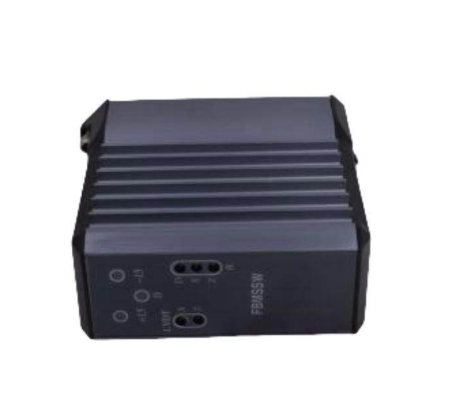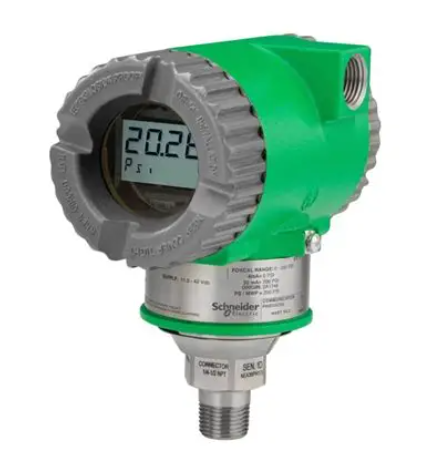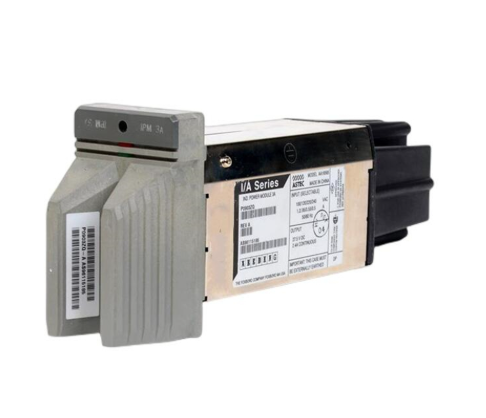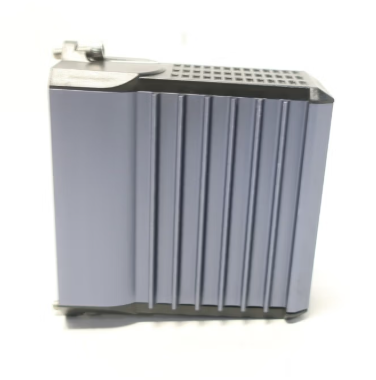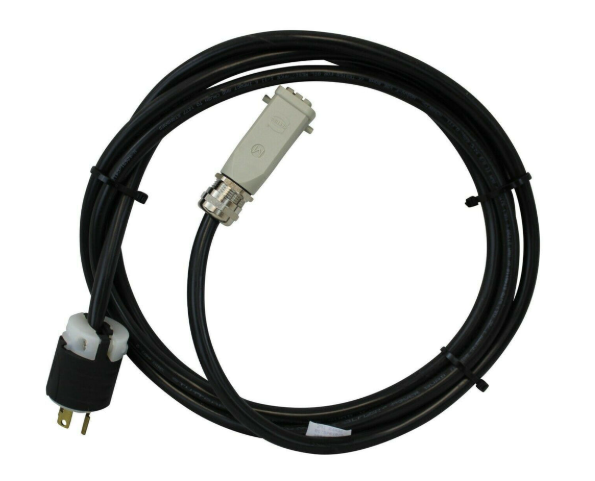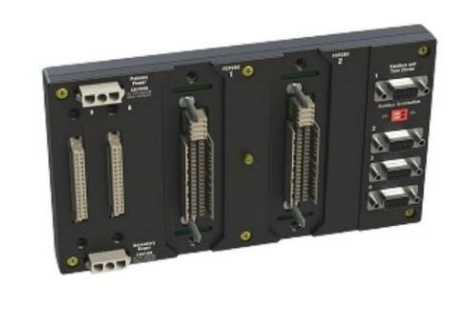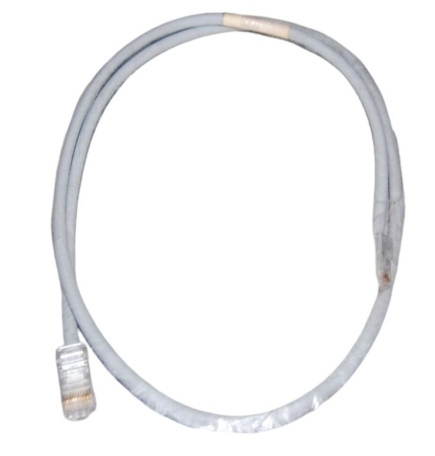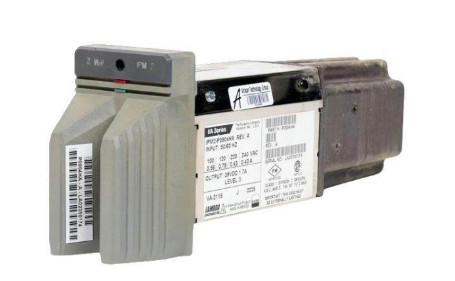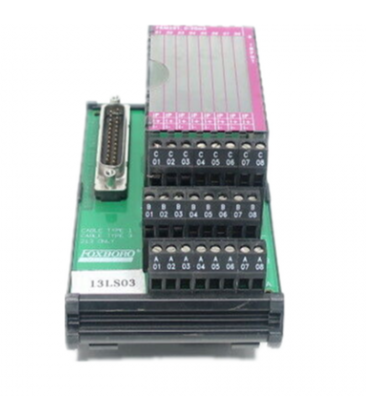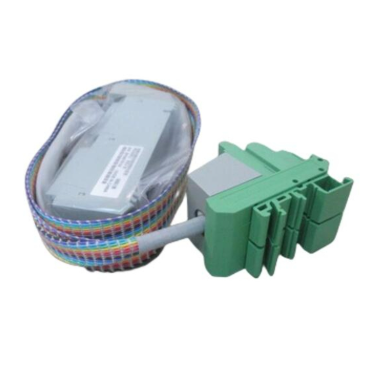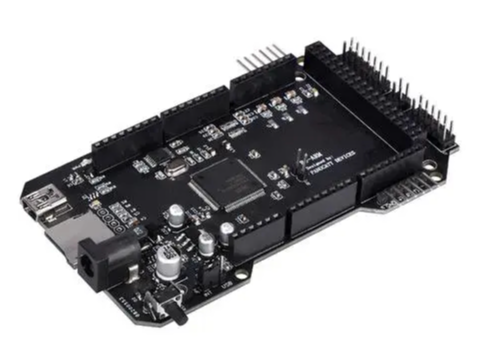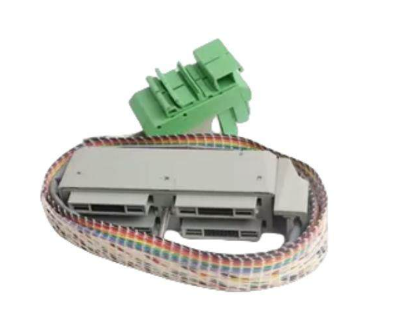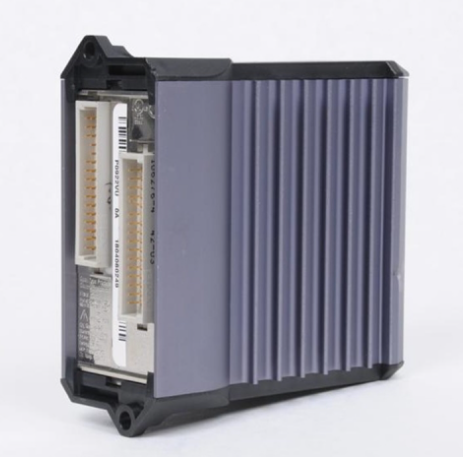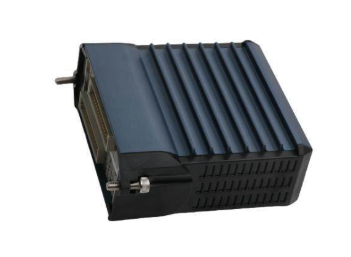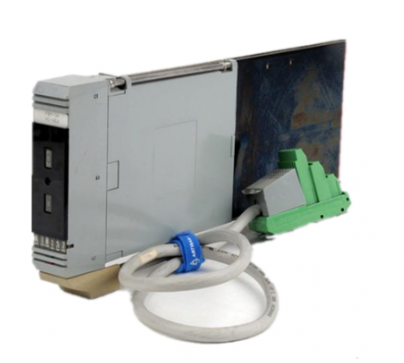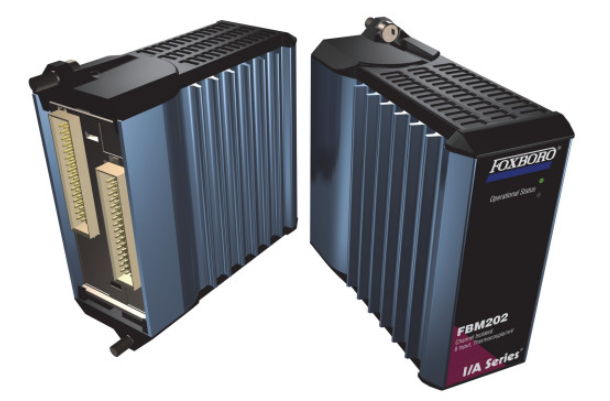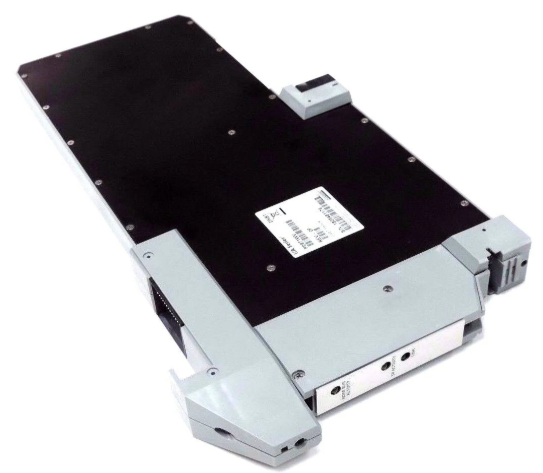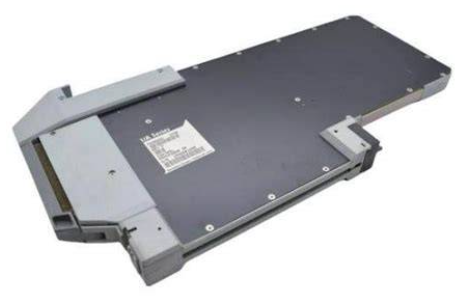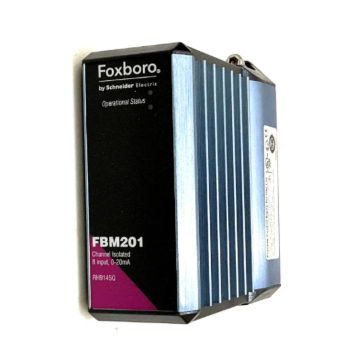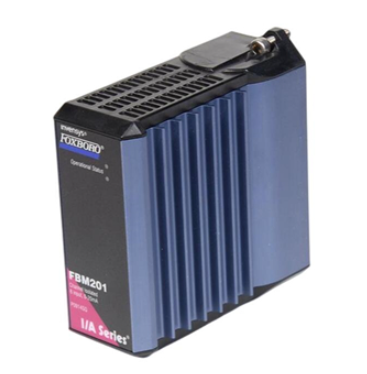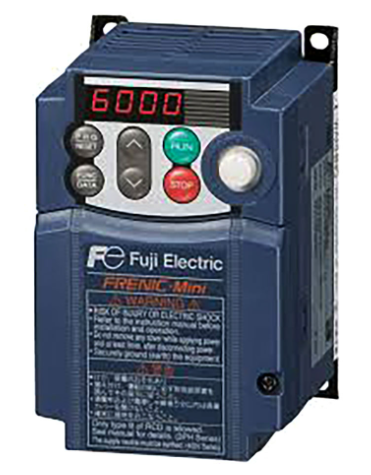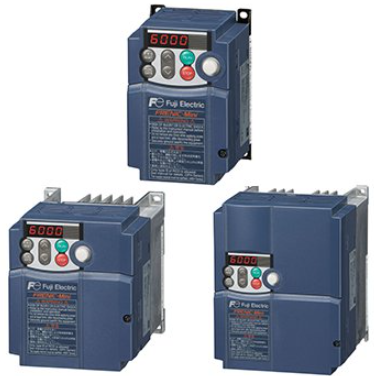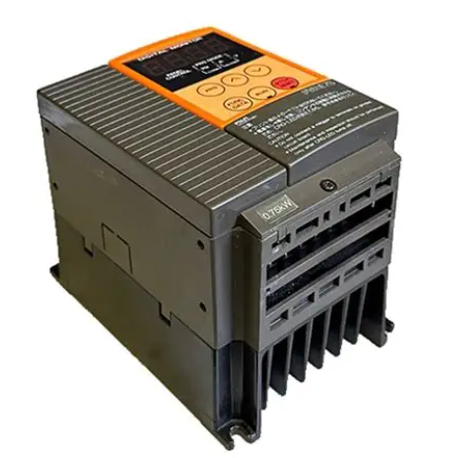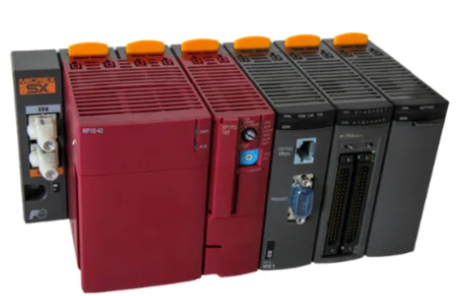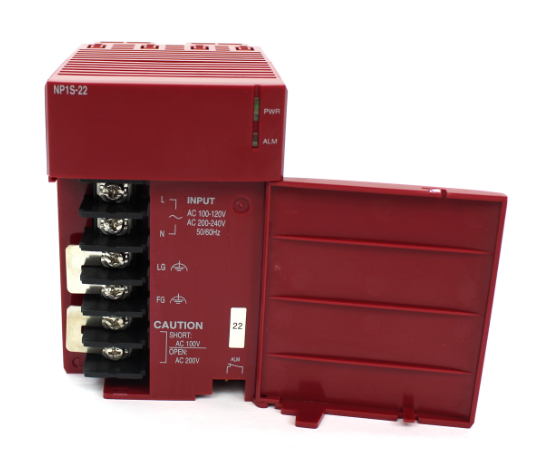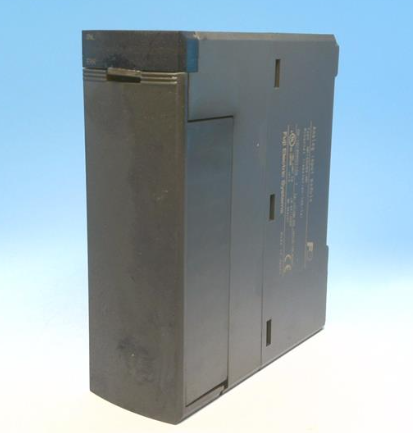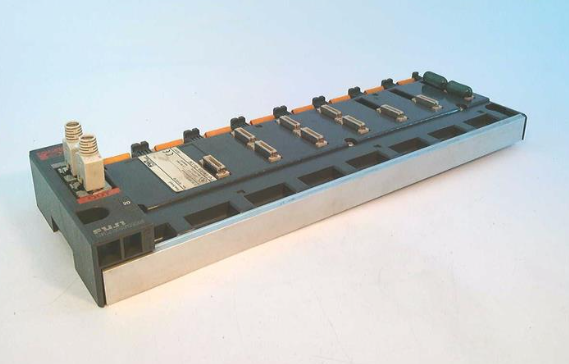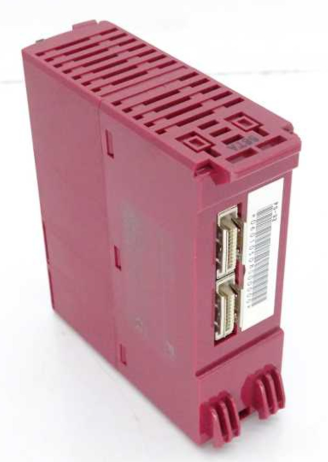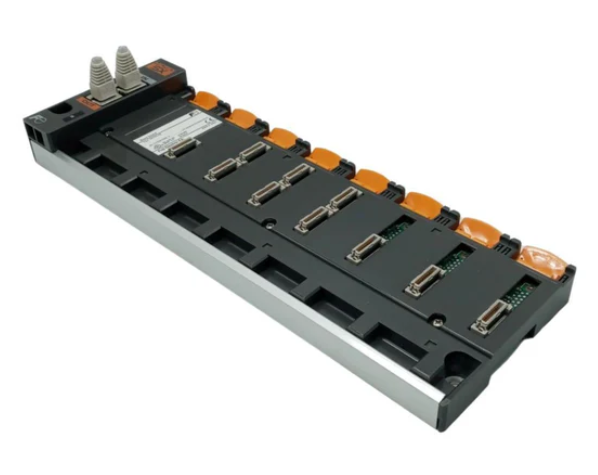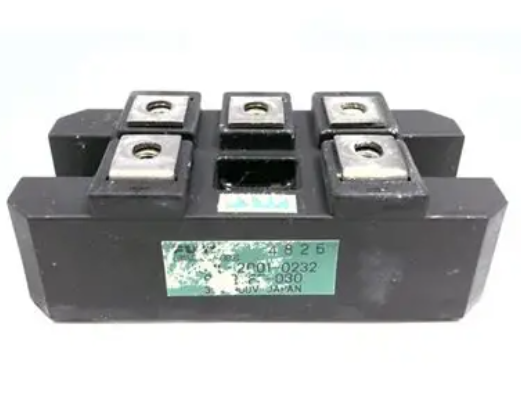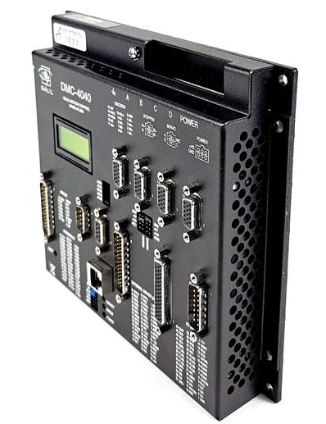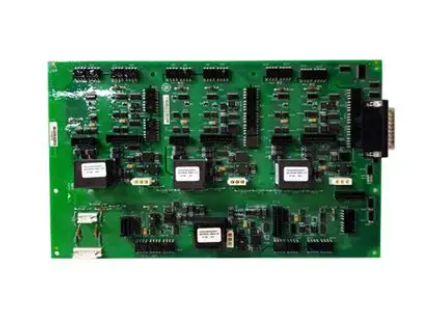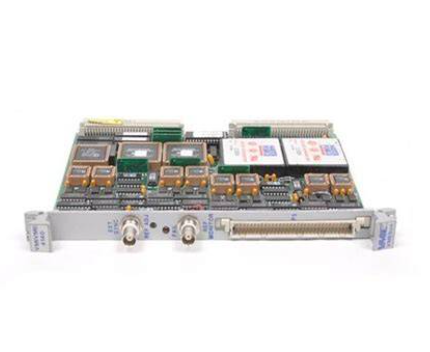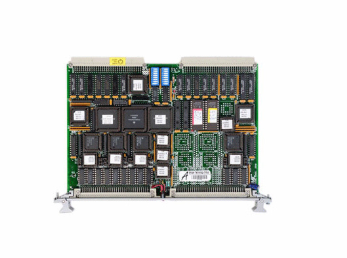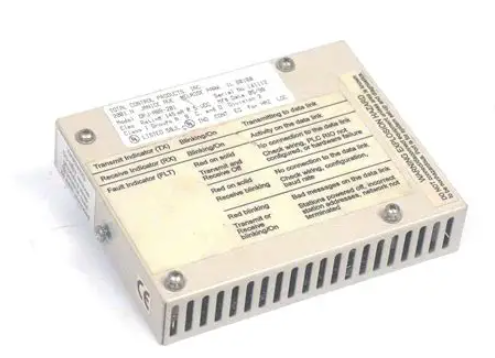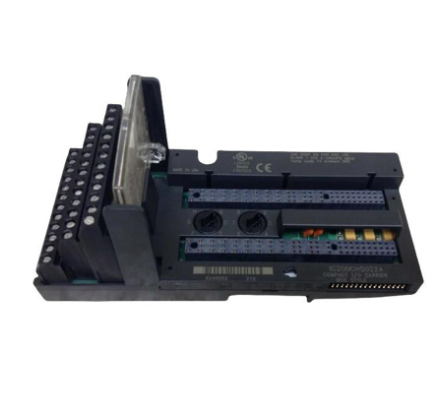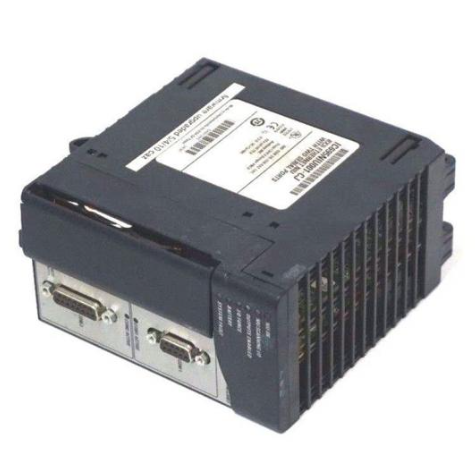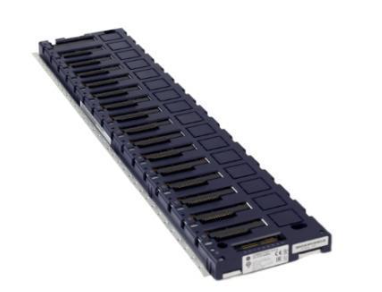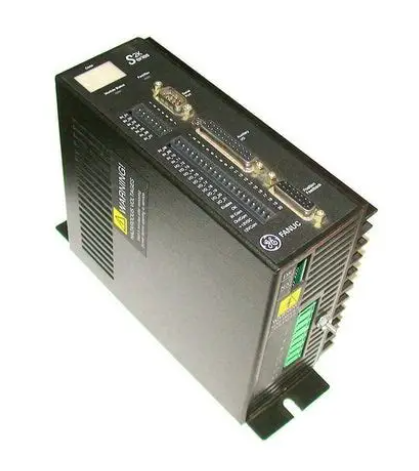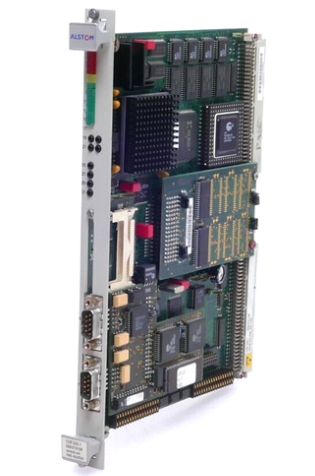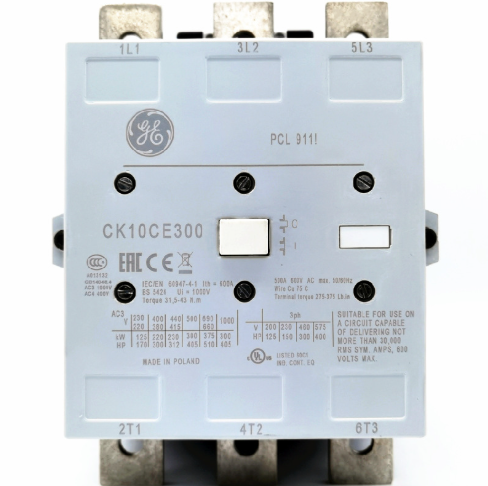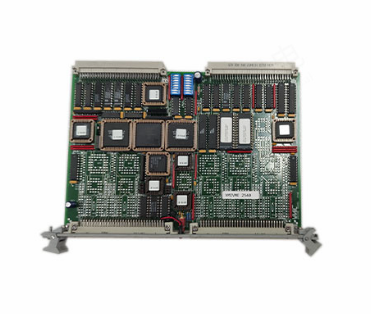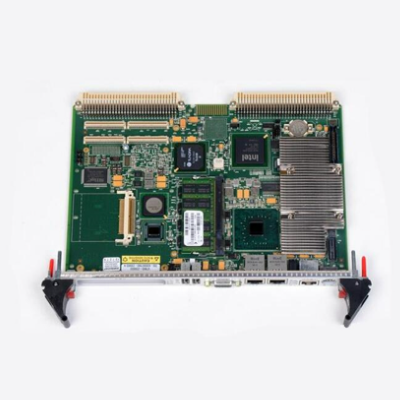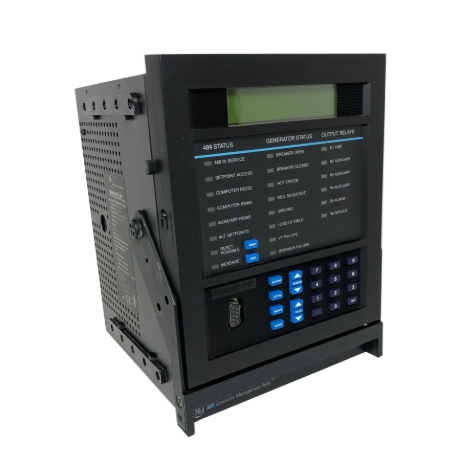Energy conversion process of thermal power station

Simply put, it is the energy released by the fission process of the nuclear fuel, through the coolant circulating in the reactor, the energy is carried out and transmitted to the boiler to produce steam to drive the turbine and drive the generator to generate electricity.
Energy conversion: nuclear energy → internal energy → mechanical energy → electric energy
The height of the generator is the zero potential energy surface, the water on the mountain has a certain gravitational potential energy because the height is higher than the generator, and the gravitational potential energy is converted into kinetic energy in the process of flowing down the mountain, and then the water pushes the generator, the kinetic energy is converted into electric energy. And mechanical energy includes kinetic energy and potential energy... It seems that secondary energy is non-renewable... I'm not so sure about that...
The basic principle of hydroelectric power generation is to use the water level drop, with the hydrogenerator to produce electricity, that is, to use the potential energy of water into the mechanical energy of the water wheel, and then to promote the mechanical energy of the generator, and get electricity. Scientists use the natural conditions of the water level drop, effectively use fluid engineering and mechanical physics, carefully matched to achieve the highest power generation, for people to use cheap and pollution-free electricity.
Hydroelectric power system (Hydroelectric power) uses the water with potential energy at high places such as rivers and lakes to low places, converting the potential energy contained in it into the kinetic energy of the water turbine, and then using the water turbine as the prime power to promote the generator to produce electric energy. The use of hydraulic power (with water head) to promote the rotation of hydraulic machinery (turbine), the water energy into mechanical energy, if connected to the turbine with another mechanical (generator) can be generated with the rotation of the turbine, then the mechanical energy is converted into electrical energy. In a sense, hydropower is the process of transforming the potential energy of water into mechanical energy and then into electrical energy. Because the power voltage emitted by the hydroelectric power plant is low, to transmit to the user who is far away, the voltage must be increased through the transformer, and then transmitted by the empty transmission line to the substation in the centralized area of the user, and finally reduced to the voltage suitable for household users and factory electrical equipment, and transmitted to the various factories and families by the distribution wire.
1, the first way: this process is the energy conversion process of nuclear fission energy into heat energy.
2, the second circuit: this process is called the energy conversion process of heat energy into mechanical energy.
A nuclear power plant is a facility that converts nuclear energy into electricity through appropriate equipment. Nuclear power plants use nuclear reactors to replace the boilers of thermal power plants, and the special form of "combustion" of nuclear fuel in the nuclear reactor generates heat, so that nuclear energy is converted into heat energy to heat water and produce steam.
The system and equipment of a nuclear power plant are usually composed of two major parts: the nuclear system and equipment, also known as the nuclear island; Conventional systems and equipment, also known as conventional island

Nuclear power plant
Systems and equipment that convert nuclear energy released by nuclear fission into electrical energy are usually called nuclear power plants or atomic power stations. Nuclear power station is a kind of power station with high energy and low material consumption. Taking a power station with a power generation of 1 million kilowatts as an example, if coal is burned, it needs to consume about 7,000 to 8,000 tons of coal every day, and it needs to consume more than 2 million tons a year. If a nuclear power plant is used, it only consumes 1.5 tons of fissile uranium or plutonium per year, and a refueling can run continuously at full power for a year. It can greatly reduce the transportation and storage problems of fuel for power stations. In addition, during the combustion of nuclear fuel in the reactor, new nuclear fuel can also be produced. Nuclear power plants have high infrastructure investment, but lower fuel costs, lower power generation costs, and reduce pollution. By the end of 1986, 397 nuclear power plants had been built in 28 countries and regions. According to the statistics of the International Atomic Energy Agency, it is expected that 58 countries and regions will build nuclear power plants in the early 21st century, and the total number of power plants will reach 1000, the installed capacity will reach 800 million kilowatts, and the nuclear power will account for 35% of the total power generation. It can be seen that in the future for a long period of time, nuclear power will become the main energy of the power industry.
- EMERSON
- Honeywell
- CTI
- Rolls-Royce
- General Electric
- Woodward
- Yaskawa
- xYCOM
- Motorola
- Siemens
- Rockwell
- ABB
- B&R
- HIMA
- Construction site
- electricity
- Automobile market
- PLC
- DCS
- Motor drivers
- VSD
- Implications
- cement
- CO2
- CEM
- methane
- Artificial intelligence
- Titanic
- Solar energy
- Hydrogen fuel cell
- Hydrogen and fuel cells
- Hydrogen and oxygen fuel cells
- tyre
- Chemical fiber
- dynamo
- corpuscle
- Pulp and paper
- printing
- fossil
- FANUC
- Food and beverage
- Life science
- Sewage treatment
- Personal care
- electricity
- boats
- infrastructure
- Automobile industry
- metallurgy
- Nuclear power generation
- Geothermal power generation
- Water and wastewater
- Infrastructure construction
- Mine hazard
- steel
- papermaking
- Natural gas industry
- Infrastructure construction
- Power and energy
- Rubber and plastic
- Renewable energy
- pharmacy
- mining
- Plastic industry
- Schneider
- Kongsberg
- NI
- Wind energy
- International petroleum
- International new energy network
- gas
- WATLOW
- ProSoft
- SEW
- wind
- ADVANCED
- Reliance
- YOKOGAWA
- TRICONEX
- FOXBORO
- METSO
- MAN
- Advantest
- ADVANCED
- ALSTOM
- Control Wave
- AB
- AMAT
- STUDER
- KONGSBERG
- MOTOROLA
- DANAHER MOTION
- Bently
- Galil
- EATON
- MOLEX
- Triconex
- DEIF
- B&W
- ZYGO
- Aerotech
- DANFOSS
- KOLLMORGEN
- Beijer
- Endress+Hauser
- MOOG
- KB
- Moxa
- Rexroth
- YAMAHA
- Johnson
- Westinghouse
- WAGO
- TOSHIBA
- TEKTRONIX


Email:wang@kongjiangauto.com

